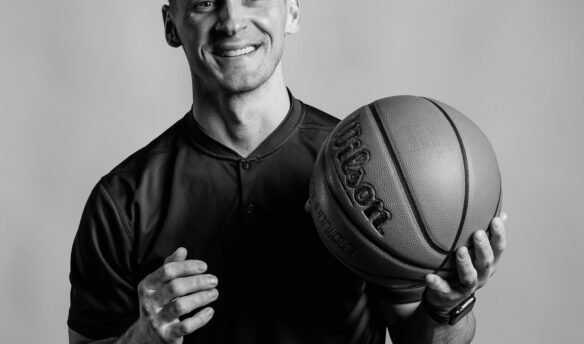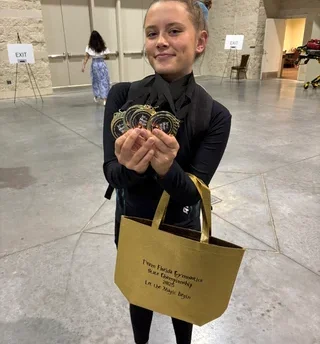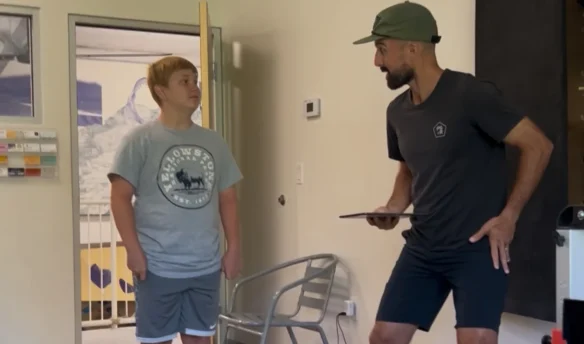Hey PS+R Community! Welcome to fall in Florida- we hope the rainy season didn’t put a damper on your athletic pursuits and that you’re enjoying the cooler fall mornings!
One question we get quite frequently in the clinic is why rest doesn’t always clear up an injury. Believe it or not, in some types of injuries, rest is absolutely the worst medicine for the pain you may be experiencing. This is certainly the case for tendon related pain.
Tendon related pain is a common complaint affecting about 5% of the general population, however, over half of sports injuries are tendon related. The most common areas for tendon pain are the shoulder (rotator cuff), elbow, high hamstring, patellar, and achilles tendons.
Tendons are where muscle connects to bone. They have interesting physiological properties that determine any one person’s risk of injury that are linked to both overall general health and the type of activity you engage in.
For instance, tendon size, or cross sectional area, is heavily determined by loading patterns of the muscle tendon unit during adolescence. It’s thought that children and teenagers who are relatively inactive may increase their lifelong risk for tendon injury by missing sport related activity during this critical period of growth. In addition, hormones act on our tendons in such a way that the physiology of tendon loading- or adaptive response to exercise in the tendon-is different between males and females. This also means that there are different considerations for women experiencing tendon related pain during hormonal changes in the female lifespan including during pregnancy and menopause.
Healthy tendons require three things:
- Good overall general health. Namely, the absence of metabolic syndrome (a combination of type 2 diabetes, hypertension, obesity and high blood triglycerides).
- Strong muscles. The muscle attached to the tendon needs to have sufficient strength so that loading forces aren’t overly amplified into the tendon.
- Progressive overload to increase the load bearing capacity of the tendon itself.
In the eye of the tendon, rest can be relatively destructive to the tissue and contribute to further injury and pain. Many people struggle to recover from tendon related pain from repeated attempts at rest followed by reengaging in exercise that does not help to rebuild the tendon’s capacity to adapt to increased load. This cycle causes a process of deconditioning of the tendon and weakening of the corresponding muscle.
Reorganization of the tendon’s structure at the cellular level is the ultimate goal of rehab and why tendon related pain is referred to as “tendinopathy” instead of “tendonitis.” At the heart of tendon related pain is a failed healing process where the makeup and stiffness of the tendon become impaired leading to the state of pain. This disordered state of the tendon is primarily driven by the types of load imparted to it: too much load, or overload, contributes to painful states- BUT- so does lack of loading! Getting the right recipe for tendon remodeling takes a team approach between an athlete, their physical therapist, and any training staff involved in managing the athlete’s performance.
If you’ve been struggling with tendon related pain, you aren’t alone! It can be a long and challenging process to get back to training or every day activities without pain. The solution starts with a performance evaluation to better understand individual factors that are underpinning your tendon pain followed by the development of a comprehensive plan to begin progressive loading of the tendon and muscle tendon unit that matches and progresses your current capacity.
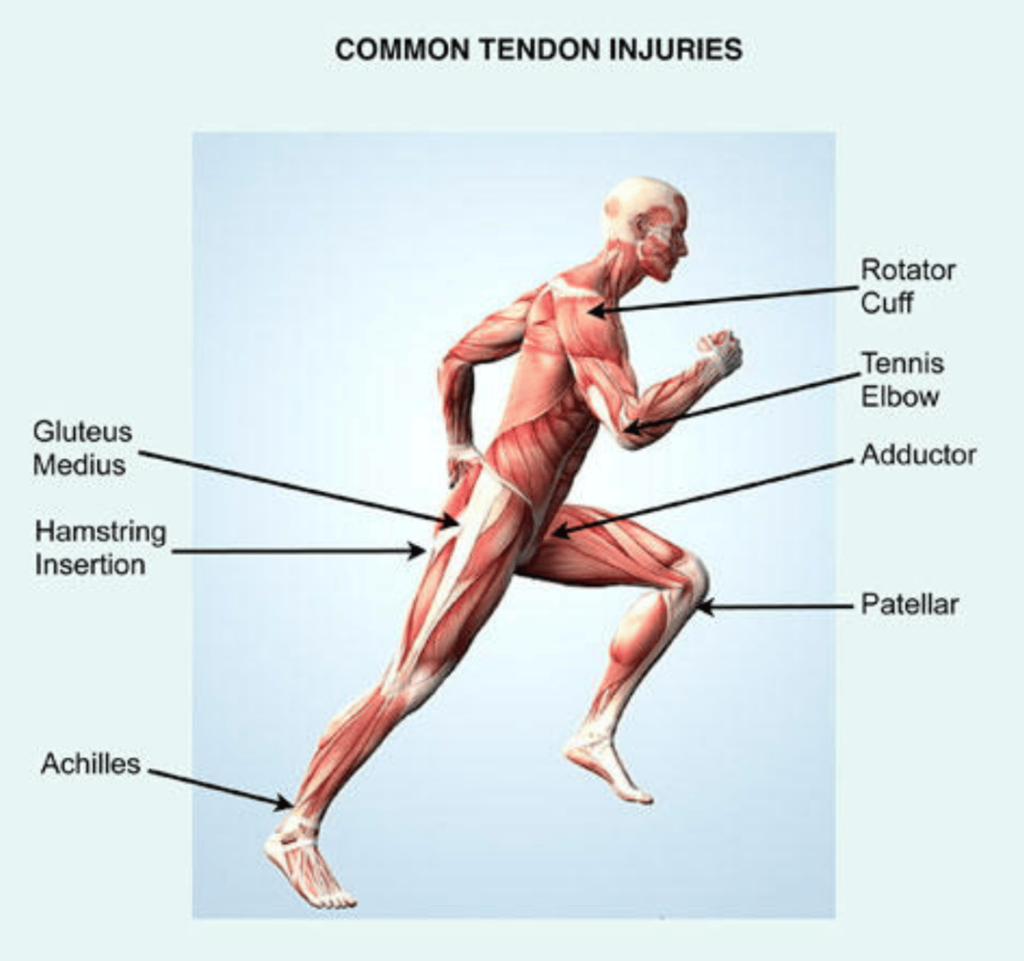
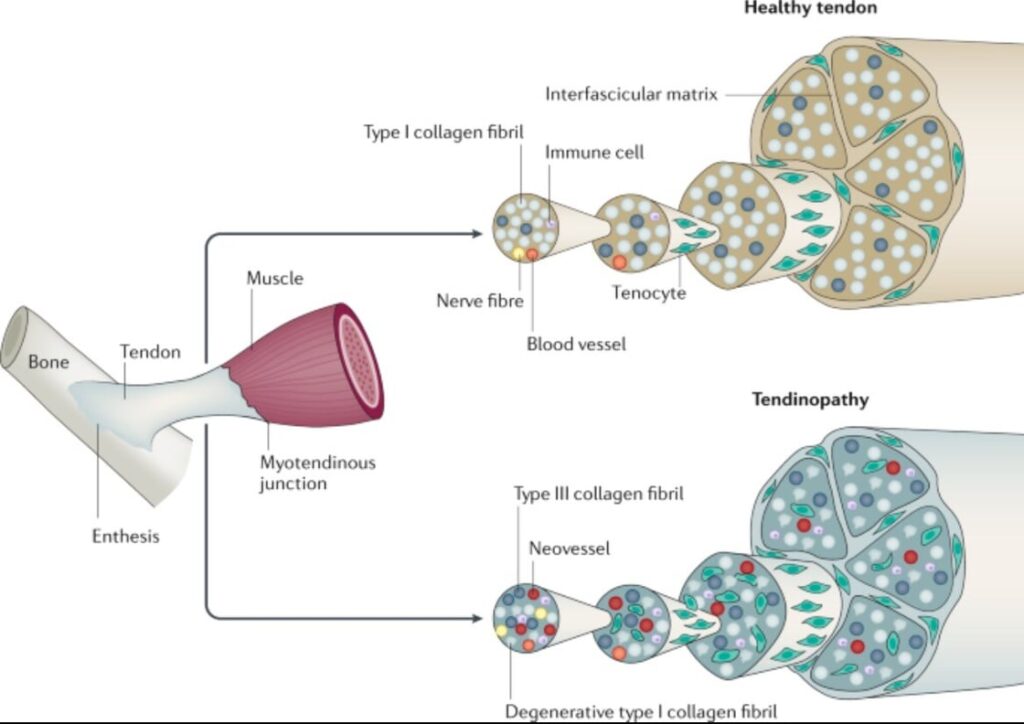
Where in the world is Steve and the USMNT?
Steve will be heading to Austin, TX and Guadalajara, Mexico the first two weeks of October for the next USMNT training camp with the new coach Mauricio Pochettino. You can read about the new manager of the team here: https://www.ussoccer.com/stories/2024/09/mauricio-pochettino-named-head-coach-us-mens-national-team
PS+R Client Spotlight | Dylan Thibault
Here’s an inside look at the rehabilitation process looks like for an athlete with high hamstring tendinopathy returning to football. Dylan is a D1 wide receiver who came to PS+R after a two year struggle getting back to performance with high hamstring tendinopathy.
You’ll see in this video a snapshot of key progressions used when loading a painful tendon, first starting with performance metrics which give us parameters to follow both for daily response to treatment and to help progressively improve the tendon’s capacity for load week over week during the rehabilitation process.
You’ll see in Dylan’s rehab a progression from isometric to eccentric loading that is highly specific to the high hamstring tendon. As Dylan improved with both his strength and loading capacity in these more basic movements, his rehab progressed to field based work aimed at training the injured tendon to redevelop explosive capacities in movements that Dylan’s sport requires. Not only does this give the tendon the loads it needs to remodel and become non-painful, but this field based training also allows the athlete to improve movement quality and reintegrate new movement skills which may have previously limited his return to sport. Improving how we move is a critical component of reducing pain in an aggravated tendon that is often exposed to repetitive high stress by the specific and repetitive demands of sport. By slowly progressing the dosage of these activities, and the ranges in which these activities are performed, Dylan’s performance metrics improved and he was finally able to return to play without pain.
The Physiology of Tendon Rehab
Research in tendon related pain is referred to as “mechanobiology,” or, the study of how the body senses and responds to mechanical stimuli. Tendons do this through adaptation which is how the tissue alters its structure to best suit its environment. Tendons primarily adapt through three mechanical forces- tensile strain, compression, and shear-stress. Improving adaptation improves the load capacity of the tendon and the set point for adaptation is changeable over time. Too much rest and offloading and the tendon’s set threshold for adaptive loads will lower. This is often the problem people run into with tendon pain- successive bouts of rest without appropriate progression of reloading to improve the tendon’s health leave people worse off with a weaker tendon that’s easier to reaggravate each time they attempt to return to their activity. The set threshold for adaptive response will lower with each cycle of rest making it even more difficult to return to loading as the threshold for activity related pain becomes lower as well. You can see this is in the graph below as the blue arrow showing maladaptation due to deprivation of stress, in other words, from too much rest and offloading.
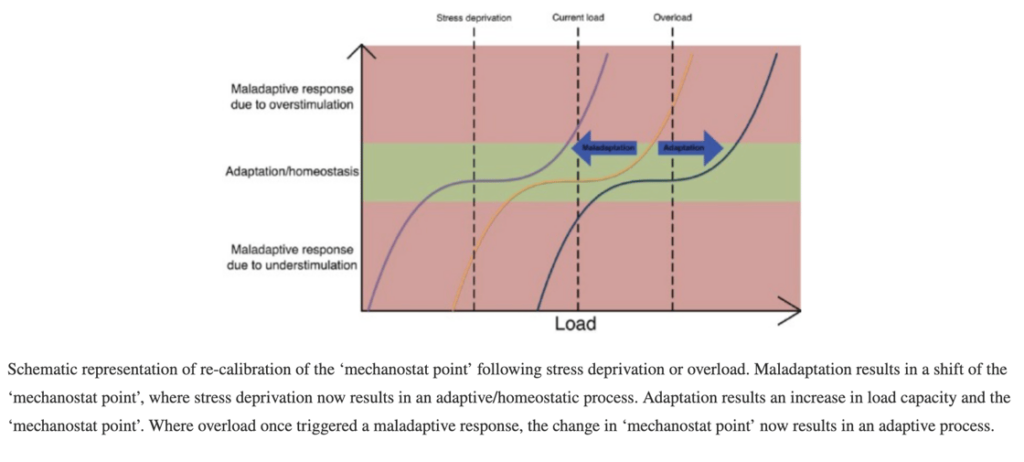
When an appropriate program of improving tendon loading response is undertaken in a painful tendon, steady consistent progression is key over several weeks or even months. But even within that longer period, the athlete will require appropriate recovery periods after bouts of loading. There are a series of really interesting changes that occur in a tendon after an episode of loading. First, the tendon tends to swell and take in water at the cellular level. Second, the stiffness of the tendon temporarily decreases in response to the loading episode. While we tend to think stiffness is a bad thing in general, when it comes to a tendon, stiffness can be a very good athletic quality as it increases the athlete’s “springiness.” This is often seen as improved explosive capacities in jumping and running. When measuring performance in an athlete with tendon related pain, it’s important to consider how their most recent training episode is impacting their performance metrics and use that information in developing daily training programs. Finally, the 24 hour response of collagen degradation followed by collagen synthesis is important to keep in mind when rehabbing tendon related pain. While loading the tendon is just the right medicine- so is just the right amount of recovery between loading sessions.
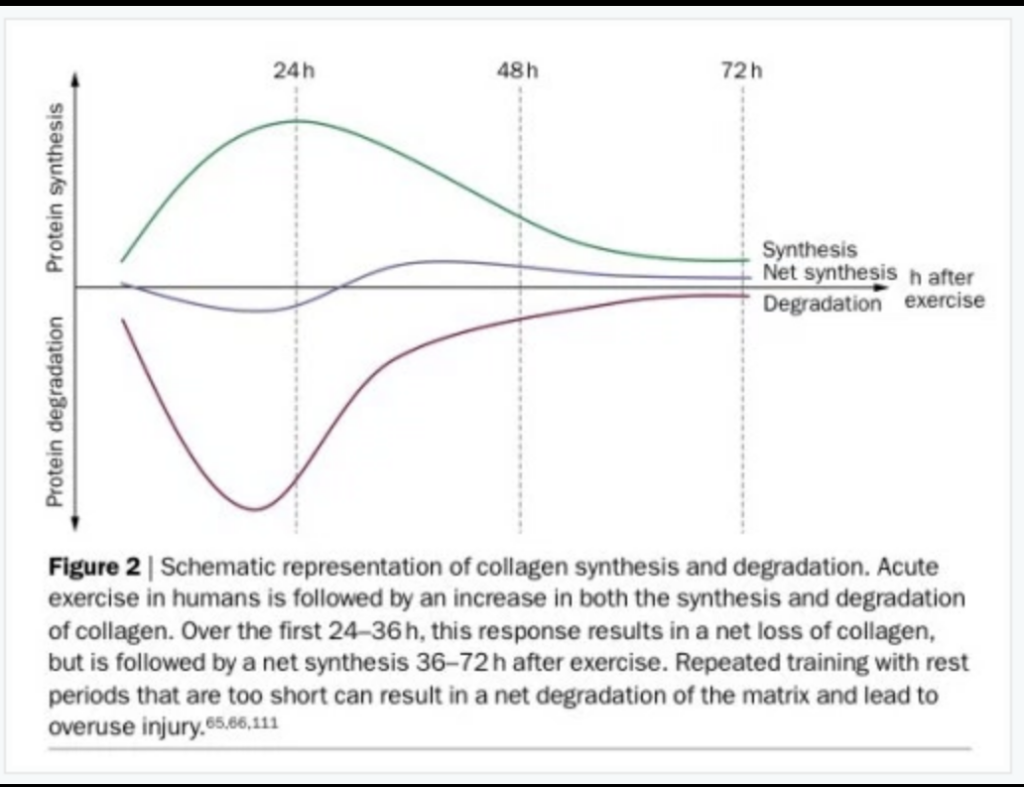
If you’re struggling with tendon pain, don’t go it alone! Get a tailored plan to recover and become stronger, fitter and more resilient than before with expert guidance on your loading progression.
Thanks for staying connected with us! See you around!!
